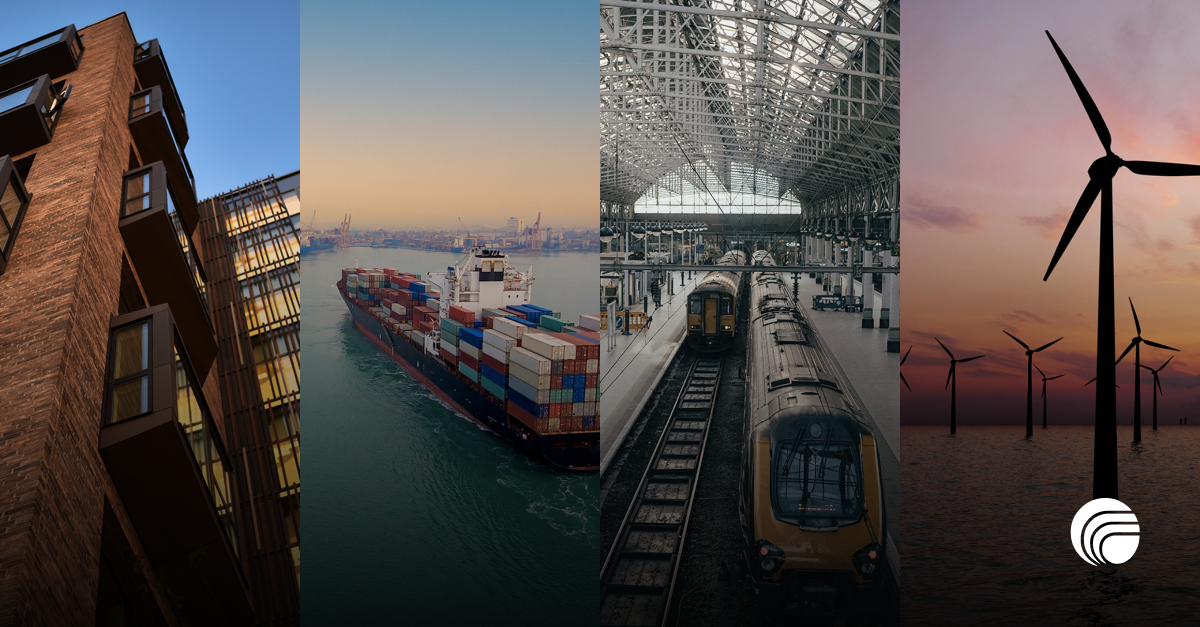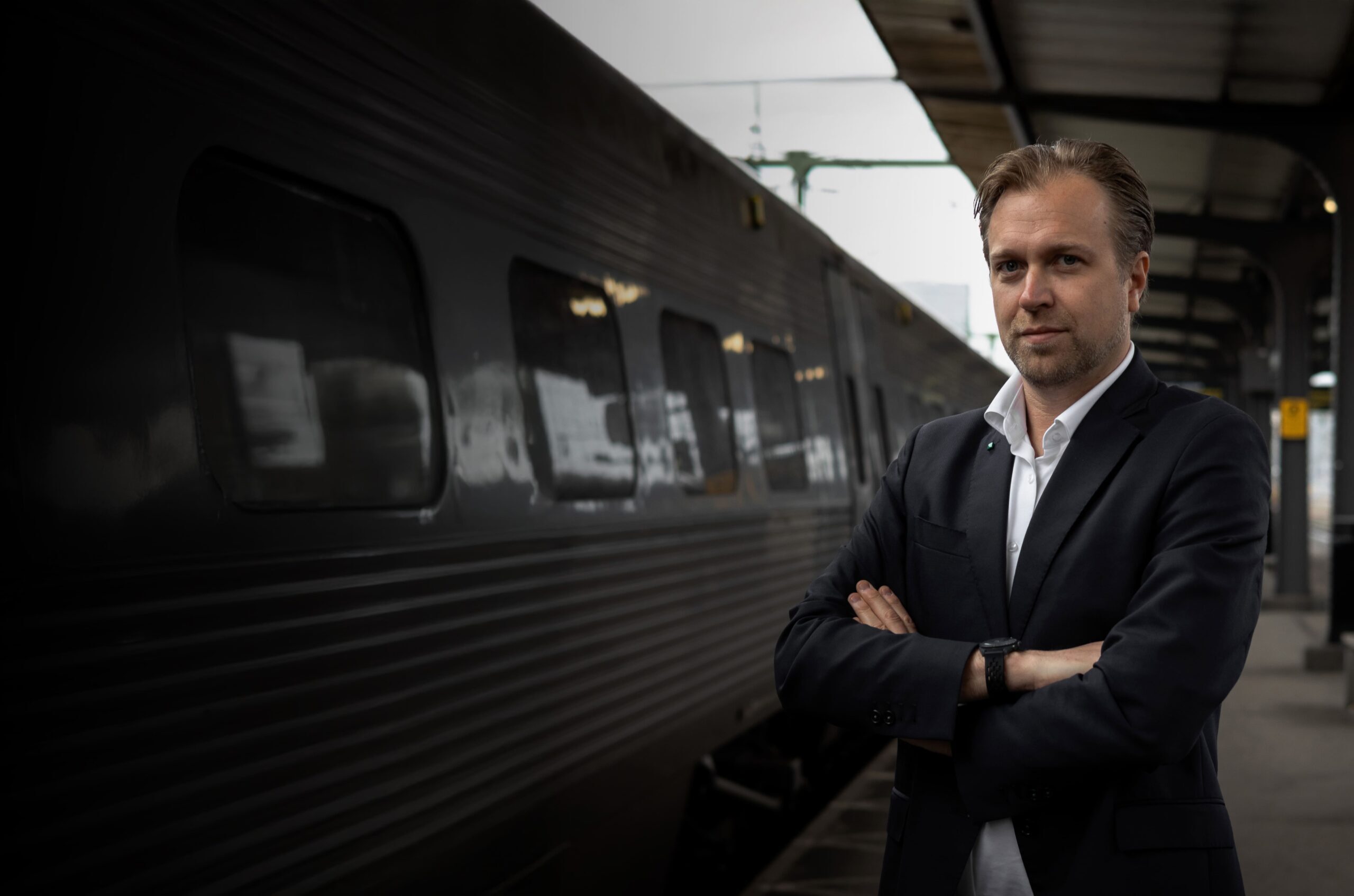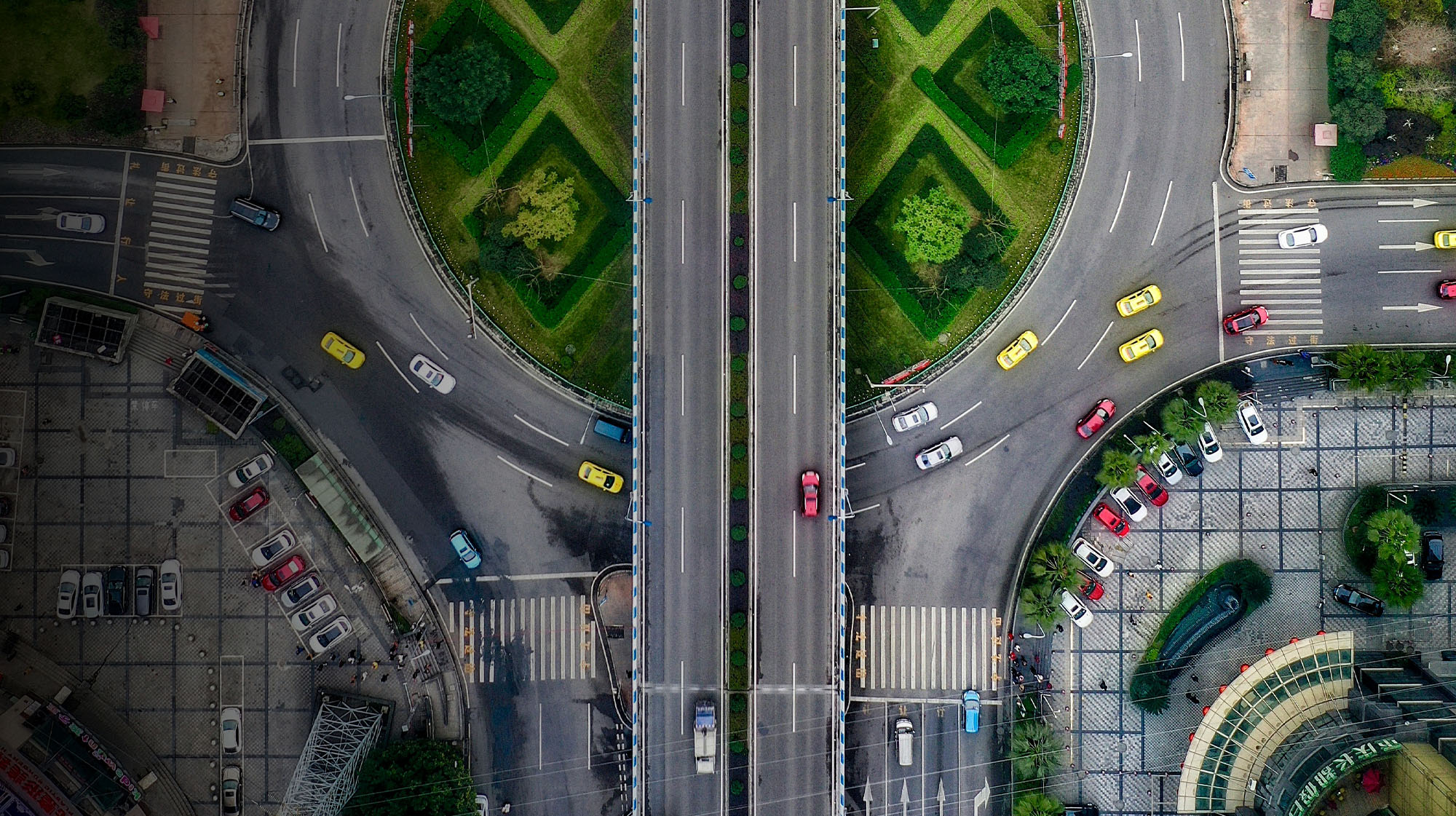Clearing urban spaces
Malmö Stad uses Consilium’s remote services for their fire alarm system to cut trips and emissions, showing how digital solutions can quietly boost urban sustainability and safety.
It’s Monday morning, and the leaves burst with colour against the grey streets. At the intersection, parents wait with their children while cyclists stop for the light scrolls through their phones.
Long lines of cars—some silent EVs, others grumbling with exhaust fumes—fill the road. This scene unfolds daily in cities across the globe, a reminder of how public space is dominated by cars.
A global challenge
By 2030, about 60 percent of the world’s population will live in towns or cities. As the urban population grows, so does the challenge of reducing emissions.
National and international efforts, such as the Paris Agreement, aim to cut carbon emissions significantly by that year, with transportation identified as an area for improvement.
And the challenge is reducing emissions while rethinking how people navigate their cities.
A team of researchers at KTH (Royal Institute of Technology) in Stockholm examined what this would require in Sweden. Their answer is sobering: If the country wants to reduce its carbon emissions in time, the number of car journeys might need to be cut in half by 2030.
“In urban areas, this means making significant changes to how we move,” says Hampus Berg Mårtensson, a doctoral candidate at KTH and co-author of the study.
To reach these goals, passenger cars must travel 21 percent to 47 percent fewer kilometres per capita.
But, as always, the devil is in the details. How quickly can old cars be phased out? How much biofuel can we realistically count on? Will electric vehicles roll out fast enough to make a difference?
The EV dilemma
Even electric cars, often hailed as the future of transportation, have their challenges. “They’re an important part of the puzzle,” Hampus Berg Mårtensson explains, “but they bring their own issues—battery production, disposal, even social concerns.”
So Hampus and his colleagues work with a broader framework they call “avoid, shift, improve”.
The concept is simple: first, avoid the trip if you can. If you can’t, shift to a more substantial mode of transport—like cycling or public transit. And if you must drive, improve the car, ensuring it emits fewer harmful gases.
“It’s an exciting model to work with,” Hampus says. “We’ve explored a variety of specific measures that can help reduce the need for transport or shift to more sustainable options.”
Malmö Stad’s solution: Live Operations
Malmö, a city in southern Sweden linked to Denmark’s capital by the iconic Öresund Bridge, has become a testbed for these ideas.
Live Operations, a digital service developed by Consilium Safety Group, is at the centre of the effort. It’s a remote solution for fire alarm monitoring, designed to reduce the need for technicians to physically check and maintain fire alarms in public buildings.
“Live Operations is an app that lets you manage fire detection systems remotely,” explains Isak Nordberg, Head of Product Line—Software Solutions at Consilium. “It connects the technician to the system, so they can see exactly what’s going on as if they were right in front of the control panel.”
And it’s already making a difference in Malmö. Of the city’s 300 public facilities, 134 has tested this remote system, with 67 percent of their monthly fire alarm tests conducted digitally. This change has reduced more than 2 100 round trips for technicians, saved up to 360 working hours, and kept over a ton of carbon dioxide out of the air.
Mats Hansson, Malmö’s municipal engineering safety foreman, highlights how practical this system has become. “We save valuable working time by not having to go to all our plants,” he says.
Technicians can also check false alarms remotely.
“We can assess the severity of the alarm, check for risk, and sometimes we realise that we don’t need to go out at all. It’s a simple shift that makes a big difference”, Mats says.
Isak Nordberg sees the potential of digitalisation. “There’s certainly a need for these solutions in other major cities where reducing traffic is a priority. With digital services like this, we can reduce transport and emissions while maintaining the highest safety standards”, he explains.
Hampus expands on this, pointing to the broader impact of reducing city car usage.
“Cars take up a lot of space in cities. Reducing car travel opens opportunities—more parks and more pedestrian zones. It means a healthier, more livable city”, he says.
But Hampus also sees the need for a broader perspective.
“These kinds of improvements are great, but we need to ask ourselves: where does that saved time and money go?” he asks rhetorically and continues:
“If it’s redirected to higher production or taking a flight to another international conference, we lose that sustainability gain. That’s why we need to keep the bigger picture in mind.”
Hampus believes the key is balancing accessibility, whether it’s mobility, digital access, or physical proximity.
“All of these can help reduce transport and emissions, but each in its way. It’s about finding the balance.”
Latest news
News archive
Patrik Andersson appointed New Chairman of the Board at Consilium Safety Group

Consilium expands into Türkiye’s shipbuilding hub through the acquisition of Ares Marine

Henrik Gjörloff: “Our job is to ensure safety so passengers can enjoy their journey”
Talk safety with us
There are thousands of questions regarding safety. But there are also thousands of answers. Talk safety with us – we are ready when you are.
